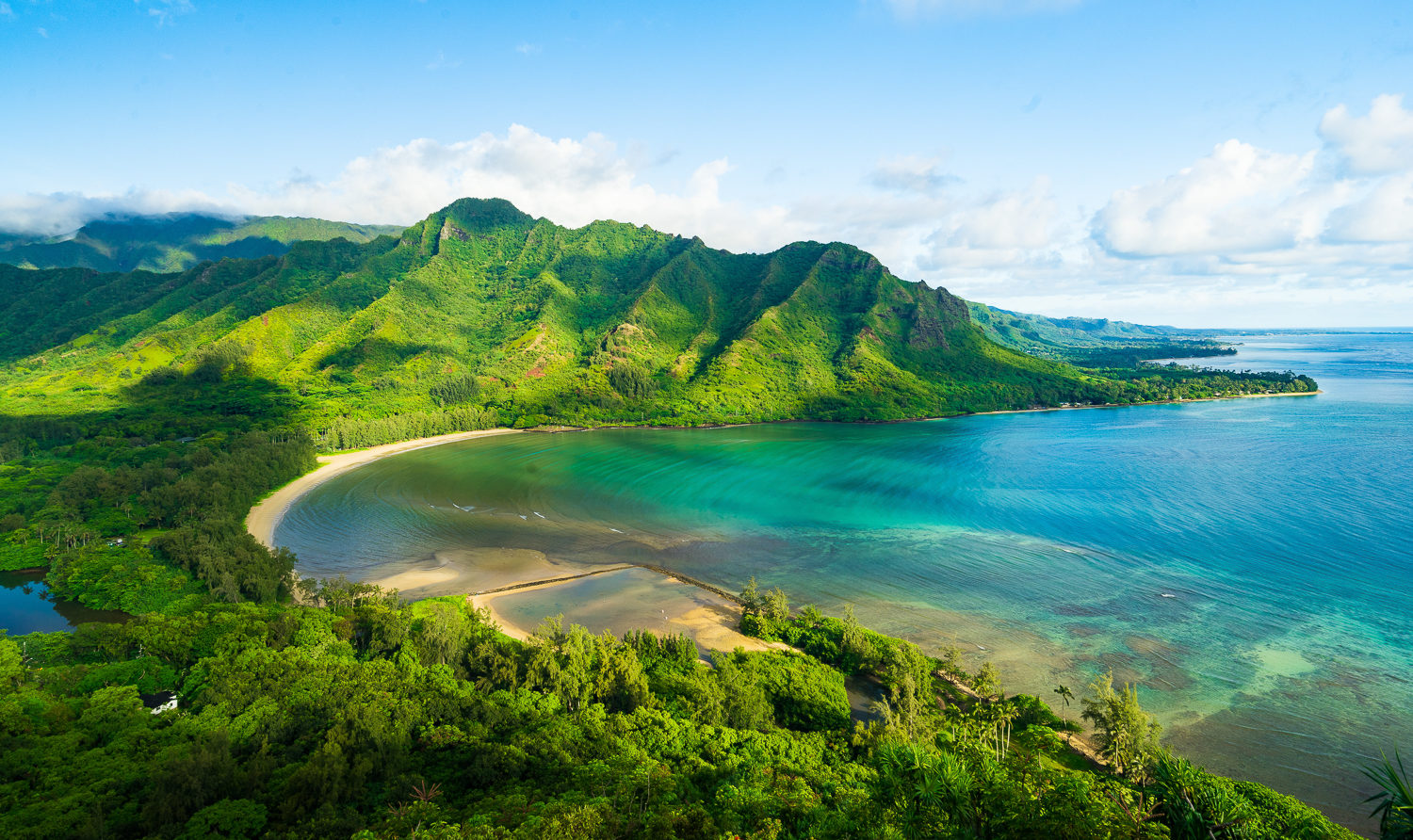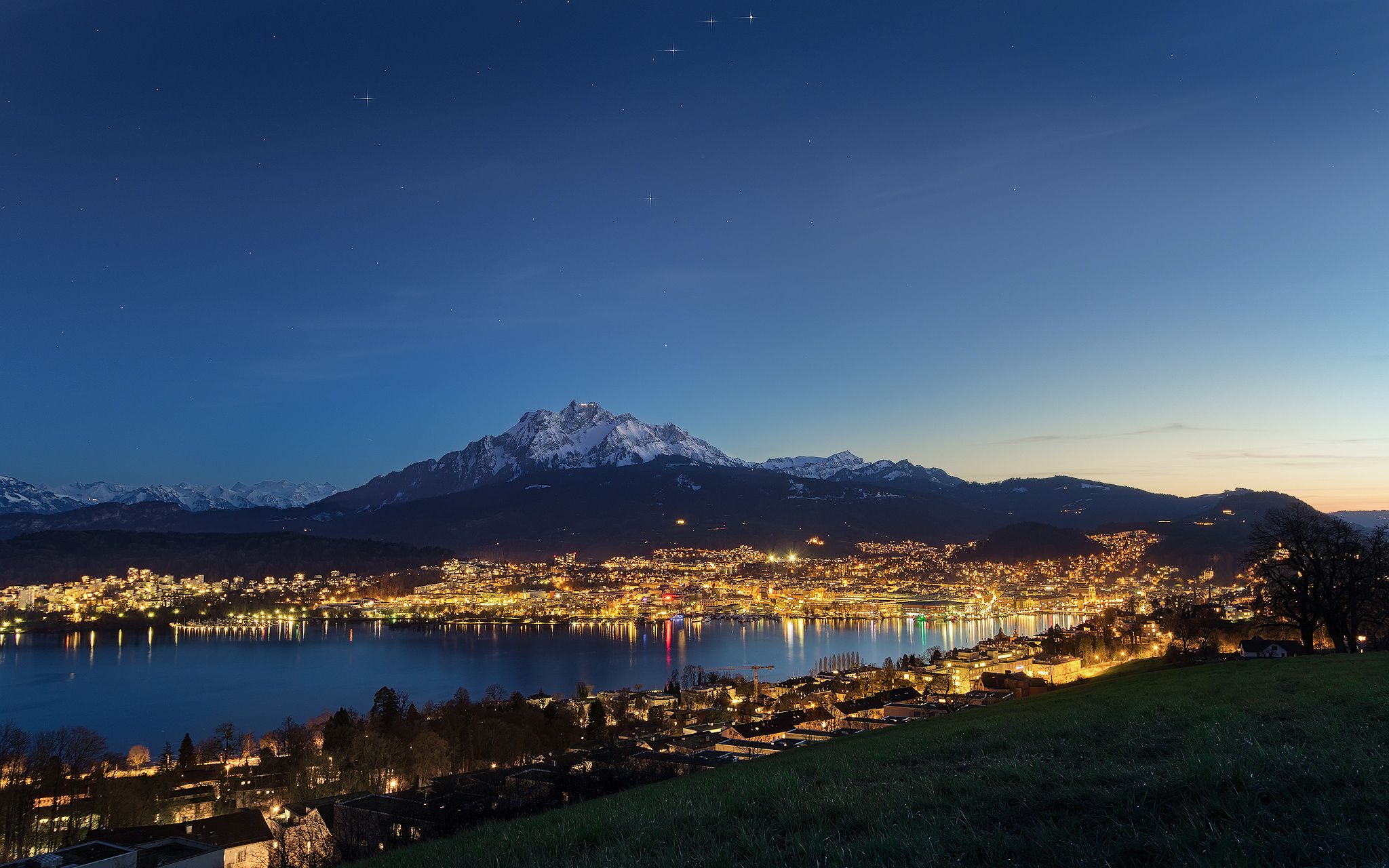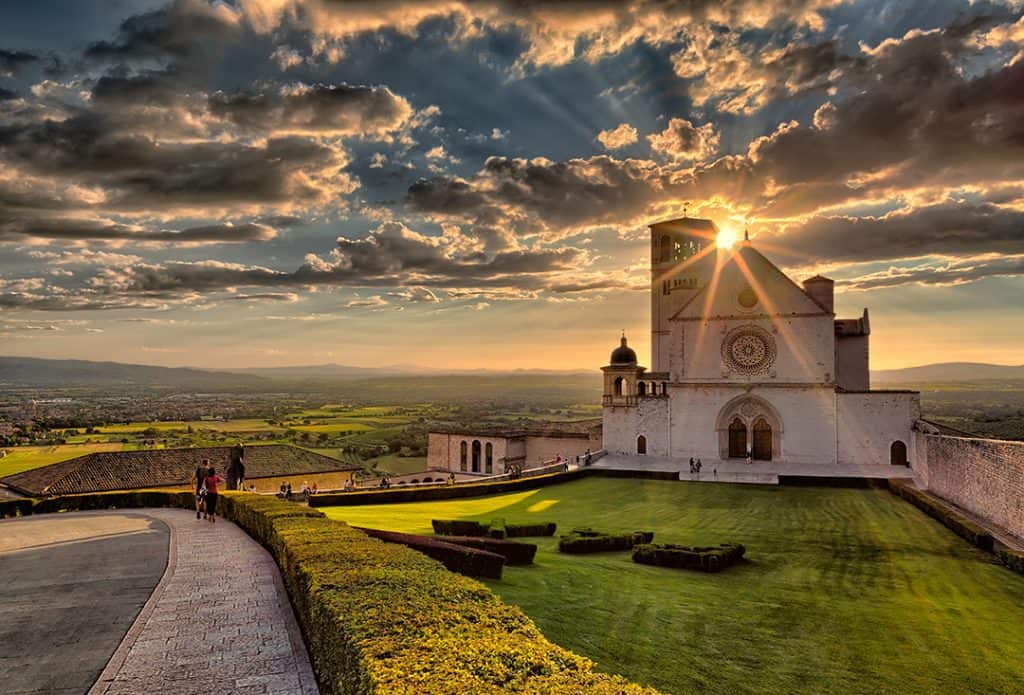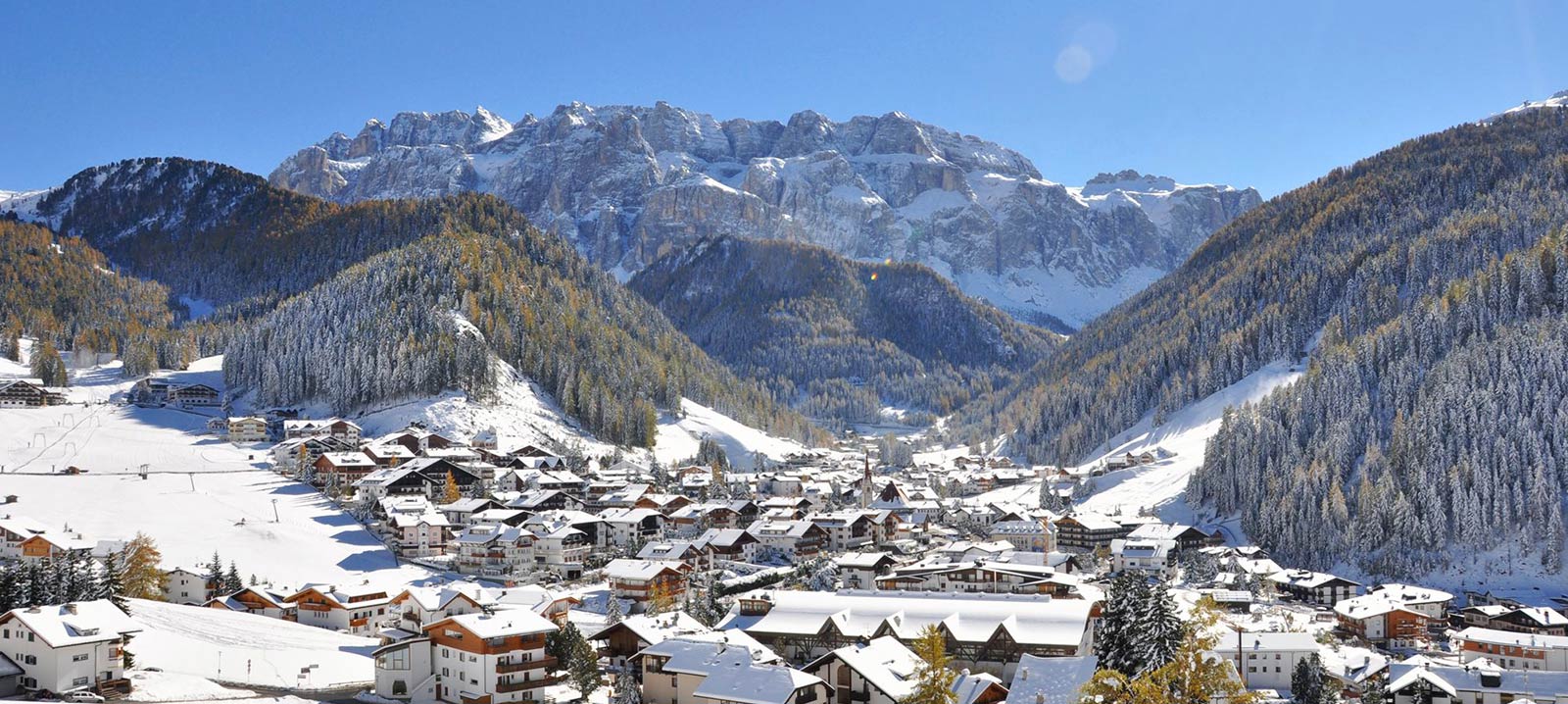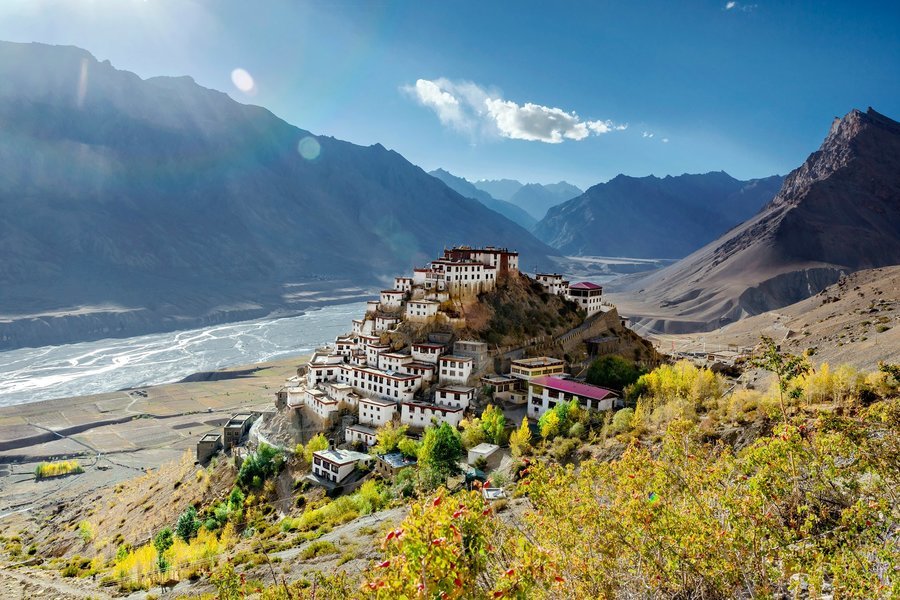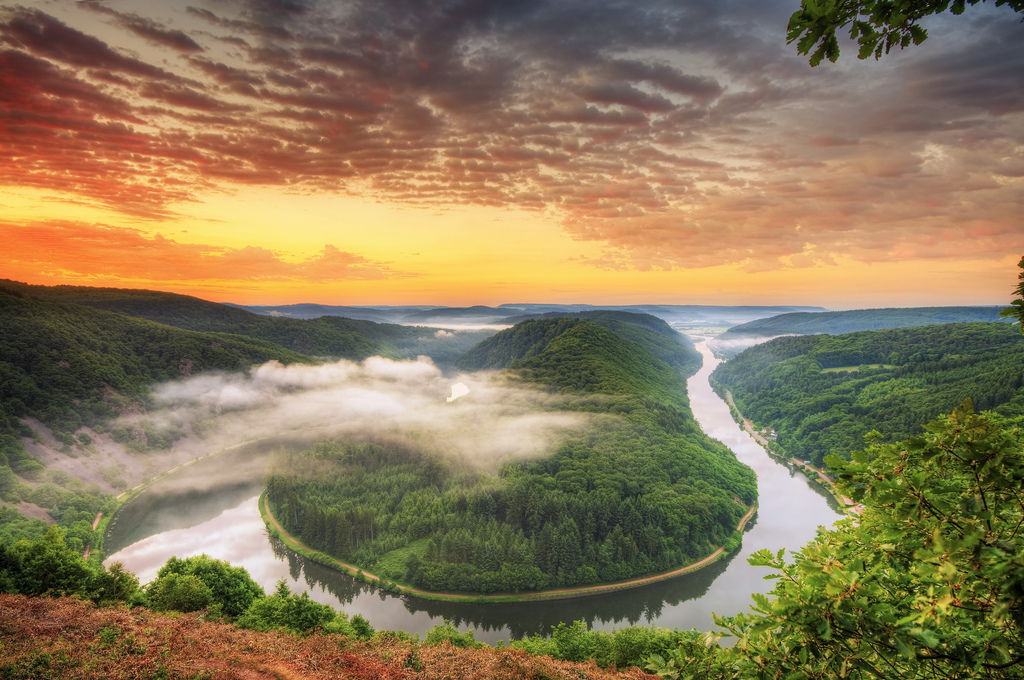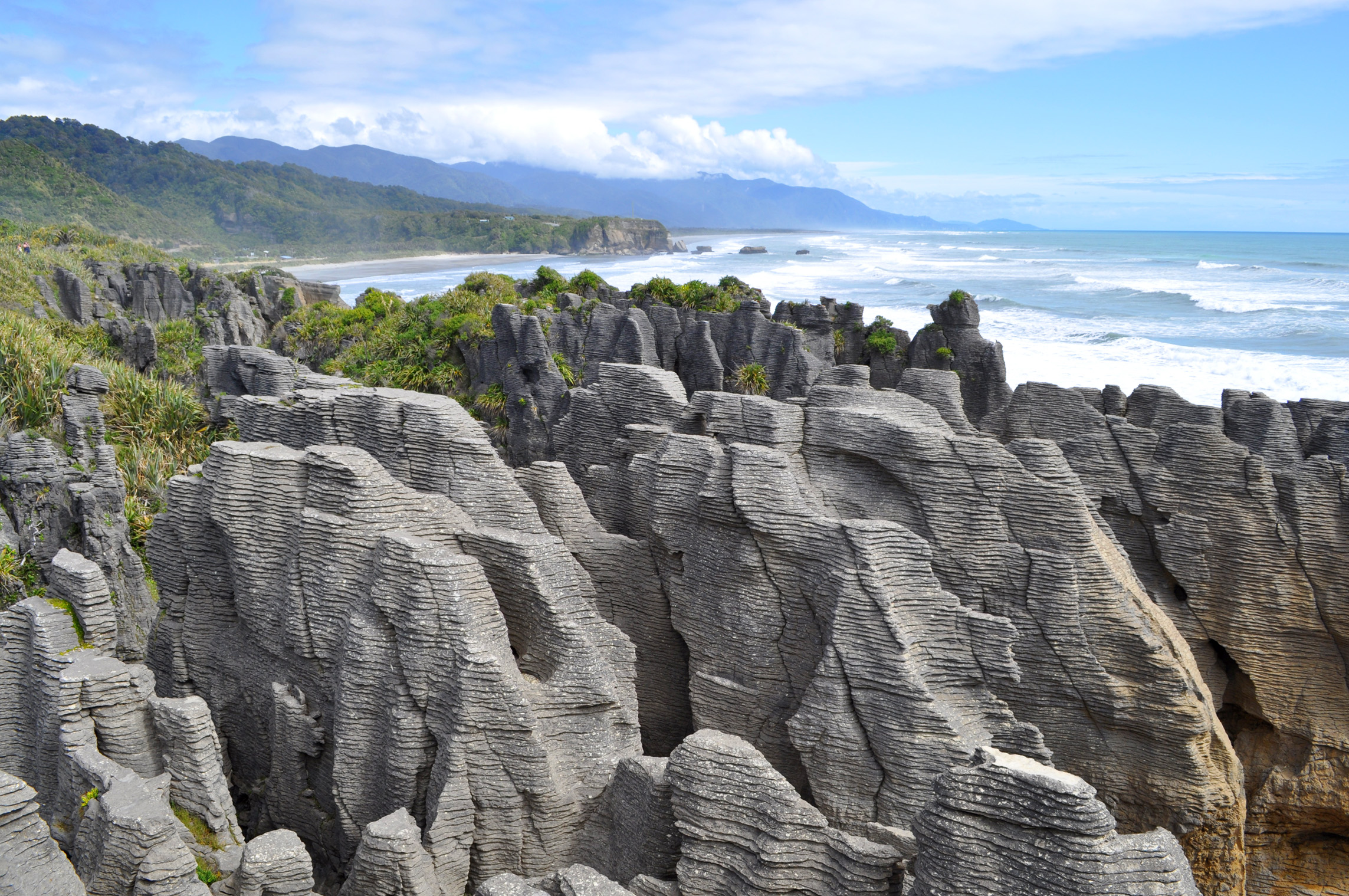Sometimes called “The Gathering Place,” Oahu certainly lives up to its name. The third largest Hawaiian island is home to the majority of Hawaii’s diverse population, a fusion of East and West cultures rooted in the values and traditions of the Native Hawaiian people. It’s this fundamental contrast between the ancient and the modern that makes discovering Oahu — from bustling city life to laidback surf towns — so enjoyable.The most important landmark in Central Oahu sits to the south in historic Pearl Harbor, the largest natural harbor in Hawaii. This active naval base is home to five Pearl Harbor Historic Sites that you can visit: The Pacific Historic Parks, the USS Battleship Missouri Memorial, the USS Bowfin Submarine Museum & Park, the Pacific Aviation Museum and the USS Oklahoma Memorial. These special monuments commemorate the historic events that changed the course of history during World War II.
The fertile central valley between the Waianae Mountains and Koolau range offers a peek back to Oahu’s history. Agriculture on the island was booming in the late 19th century, attracting immigrants from around the world to work on plantations. On your way from Honolulu to the North Shore, you’ll pass the Leilehua Plateau in Wahiawa and see sprawling fields of pineapples. Get a closer look by stopping at the Dole Plantation, where you can learn about the spiky-but-sweet fruit’s legacy on Oahu and cool down with a delicious frozen Dole whip treat. Kids will love running through the huge three-acre shrub maze. At the Hawaii Plantation Village, explore a living history museum of restored and replica sugar-cane plantation homes to get a sense of how people lived and worked more than 100 years ago.
